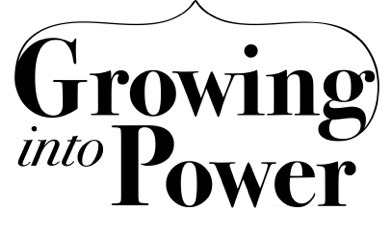A meeting agenda is a critical tool that communicates your intentions, your organizational skills, and your respect for people’s time. Whether you’re facilitating a half day workshop for your entire department or a small project check in with just a few colleagues, a strong agenda sets the tone for a productive meeting. Here’s why.
- An agenda helps you organize your thoughts. A well crafted agenda demonstrates your ability to prioritize what needs to be discussed—and what doesn’t. With too much on an agenda, you’re likely to both overwhelm your attendees and run out of time. With too little on it, your meeting will lack substance and be susceptible to tangential conversations. The order of your topics is also important. The topics should flow logically for your attendees.
- An agenda forces you to think through all the materials that you need to prepare for the meeting. If I am planning to review the organizational chart in a meeting, adding this topic to the agenda will remind me to actually get the organizational chart printed, copied and ready to go. By providing these reminders, an agenda can actually prevent you from forgetting essential documents and materials.
- An agenda signals to the meeting participants that you take this meeting, and their time, seriously. There is nothing worse than attending a meeting in which the facilitator wastes time—or lets others waste time. (I don’t know which is worse!) Distributing an agenda at the beginning of a meeting can actually put people at ease because it provides them with both a sense of your preparedness, and of what will be discussed.
Do you create agendas for your meetings? Tell us how they help you by writing a comment below.
